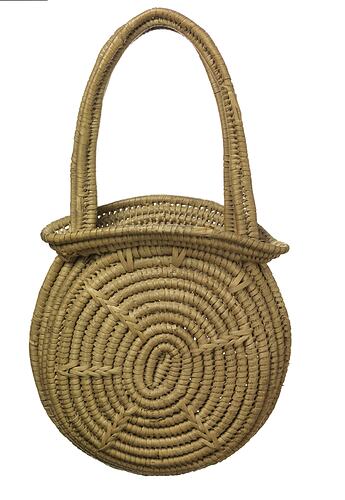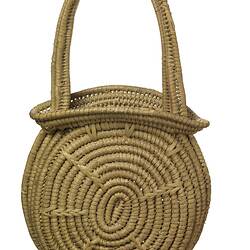Summary
In 1863, desperate for a safe haven for their people which would protect them from the ravages of colonisation, Kulin leaders Simon Wonga and William Barak, with the help of Superintendent John Green, established the Coranderrk Aboriginal Station. At the junction of the Yarra River and Badger Creek near the town today known as Healesville in the Yarra Valley, Coranderrk aspired to be a self-supporting community and its 4850 acres became one of the most productive stations in the Yarra Valley. By 1875 more than 100 Aboriginal residents worked and lived at Coranderrk, building and living in their own family homes and constructing a school for their children. The station ran a substantial milking herd, horses, pigs, poultry, orchard, a market garden and a working hop field. The Kulin people at Coranderrk, unlike many other Kulin peoples living in religious mission stations set up throughout Victoria, were free to continue to hunt and gather traditional foods alongside their work on the station. Many Kulin men also earnt wages shearing sheep for neighbouring graziers while women made money selling their own handmade goods such as baskets and rugs to the many tourists who visited the area.
In 1923, largely as a result of being too successful, the government officially shut down Coranderrk Station which was now on much sought-after prime land. Many of its residents were removed to Lake Tyers Mission in Gippsland but several residents refused to leave.
Physical Description
Sister basket made using plant fibre and the bundle-coil technique by Jemima Burns Wandin Dunolly circa 1910 at Coranderrk Aboriginal Station. It is referred to as a sister basket as it is made from two identical sides woven together.
Significance
Born in 1855, Jemima was sent as a child from her home in Echuca to the mission reserve of Coranderrk, near Healesville. It was here that she met her first husband, Wurundjeri man Robert Wandin, and raised their 10 children. Widowed in 1908, Jemima was remarried at the mission two years later, to Thomas Dunolly, a Dja Dja Wurrung man.
Jemima was an advocate for the rights of her people, the Wurundjeri of the Woi Wurrung language group (part of the Kulin Alliance). In an incredibly forthright letter she wrote to the Board for the Protection of Aborigines she asserts her belief the Aboriginal people have a right to own their own land and states;
'I am of the opinion now that I would like a home of my own with the help of the Board for Protection of Aborigines for which I think I am now justly entitled to.' Jemima Burns Wandin Dunolly, 1912.
Jemima was well-respected both by the Aboriginal people of Coranderrk and the white managers, one of whom described her as 'a sincere, quiet and wise advisor to her own race'. During her time at Coranderrk, Jemima continued many Woi Wurrung cultural traditions, including spear fishing and gathering reeds from the river bank to make baskets, which she sold to tourists travelling along the upper Yarra River. When Coranderrk officially closed in 1923, Jemima refused to leave; she was the last person to live there. On her death in 1944, she was buried in the Coranderrk cemetery. Jemima left behind many descendants who are significant members of the Coranderrk community, including Aunty Joy Murphy Wandin who continues her advocacy and is a highly respected leader and Elder. Aunty Joy Murphy Wandin speaks fondly of her Granny Jemima's strong will to preserve her culture;
'The people that were resident at Coranderrk came from mainly Victoria and southern parts of New South Wales but they were forbidden to speak their language and the government called this the Protection Act. But my grandmother refused not to be able to speak her language. And at an evening, when it was prayer time she would call the women into her house and pull the little hessian curtains across the window and they would all speak their language. So in her way she was a little bit of a renegade and I hope some of that is within me.' Aunty Joy Murphy Wandin 2016
References: http://www.cv.vic.gov.au/stories/aboriginal-culture/contemporary-artists-honour-barak/auntie-joy-murphy-wandin-coranderrk/
More Information
-
Object/Medium
Basket
-
Maker
-
Locality
-
Date Produced
-
Object Measurements
355 mm (Length), 200 mm (Width), 70 mm (Height)
-
Classification
-
Date Made
-
Maker
-
Clan/Language Group
-
Place Made
-
Indigenous Region
-
Keywords
-
Type of item
-
Discipline
-
Category
-
Collecting Areas






